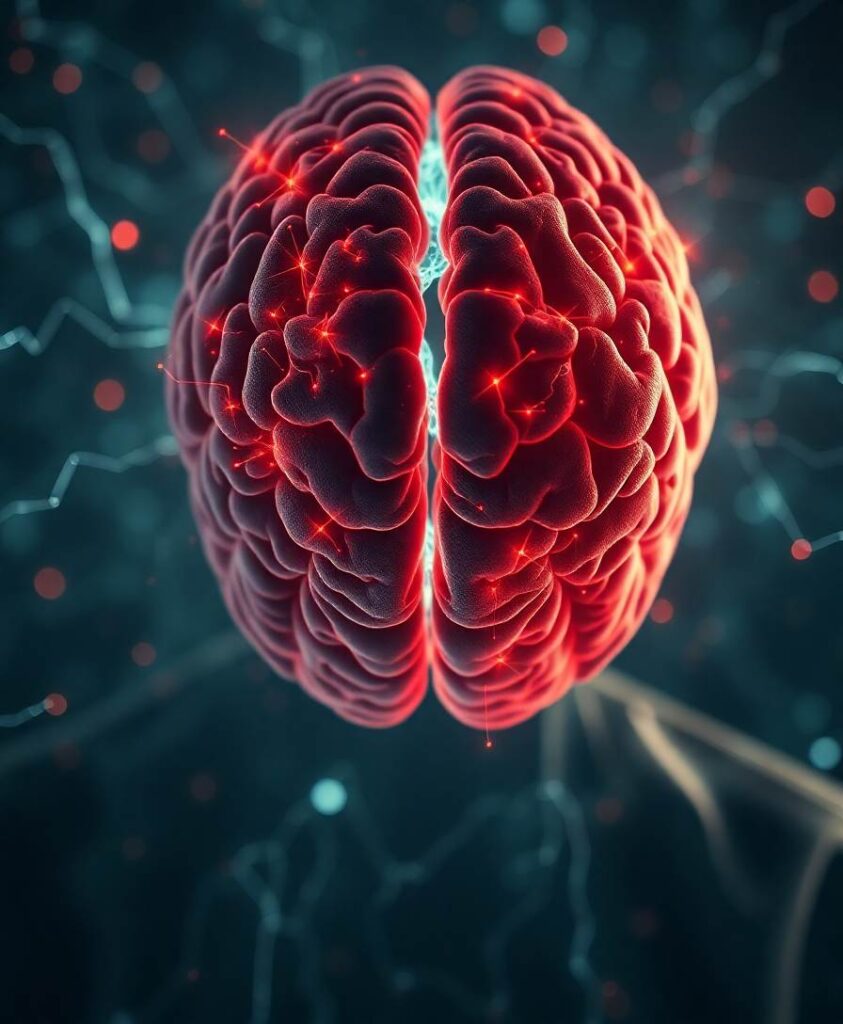BackgroundConsidering that brain activity involves communication between millions of neurons in a complex network, nonlinear analysis is a viable tool for studying electroencephalography (EEG). The main objective of this review was to collate studies that utilized chaotic measures and nonlinear dynamical analysis in EEG of multiple sclerosis (MS) patients and to discuss the contributions of chaos theory techniques to understanding, diagnosing, and treating MS.MethodsUsing the preferred reporting items for systematic reviews and meta-analysis (PRISMA), the databases EbscoHost, IEEE, ProQuest, PubMed, Science Direct, Web of Science, and Google Scholar were searched for publications that applied chaos theory in EEG analysis of MS patients.ResultsA bibliographic analysis was performed using VOSviewer software keyword co-occurrence analysis indicated that MS was the focus of the research and that research on MS diagnosis has shifted from conventional methods, such as magnetic resonance imaging, to EEG techniques in recent years. A total of 17 studies were included in this review. Among the included articles, nine studies examined resting-state, and eight examined task-based conditions.ConclusionAlthough nonlinear EEG analysis of MS is a relatively novel area of research, the findings have been demonstrated to be informative and effective. The most frequently used nonlinear dynamics analyses were fractal dimension, recurrence quantification analysis, mutual information, and coherence. Each analysis selected provided a unique assessment to fulfill the objective of this review. While considering the limitations discussed, there is a promising path forward using nonlinear analyses with MS data.

